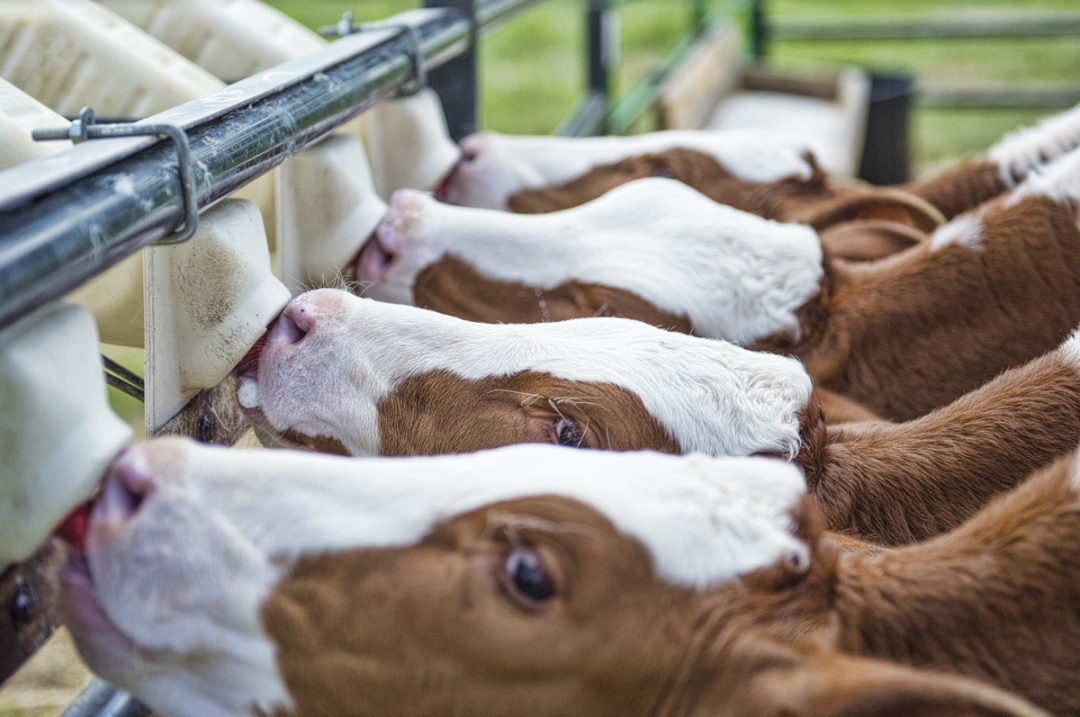Cloning or SCNT (somatic cell nuclear transfer) as we know it has been around since 1996 when Dolly the sheep was born after being cloned by the Ian Wilmut and Keith Campbell labs at the Roslin Institute. It was revolutionary at the time since Dolly was an adult animal. How was it possible you could produce a “genetic twin” to an adult animal?
Now, 27 years later, cloning is part of the ART (assisted reproductive technology) toolbox progressive breeders use along with A.I. (artificial insemination), ET (embryo transfer), IVF (in vitro fertilization) and SS (sexed/sorted semen). When I am asked to describe cloning in laymen’s terms, it is a simple explanation. Cloning allows you to produce an identical twin from a rockstar animal, just born at a later place and time. It allows a producer to reap the benefits of that “once in a lifetime” animal more than once in a lifetime.
When genomic evaluations became commonplace, it did not take long for the breeders of high-genomic dairy calves to figure out that if they produced cloned calves from their rockstar genetic donors, the genomic evaluation would be the same in the cloned calves. Of course, the trick was to get the genomic evaluation at 45 to 60 days old and order cloned calves immediately. These calves would be born nine months from the implant of the embryo. And as genomic scores continue to go higher and higher with each evaluation, they also found that you wanted to select the real rockstars or outliers … those animals so high, that they will still be high when the round of genetic twins are born nine months later.
How is an animal cloned?
Let us start with a simple timeline and description of the SCNT or cloning process using a high-genomic dairy calf as an example.
A high-genomic dairy calf is born. DNA is obtained and submitted for evaluation. Approximately 45 to 60 days later, the genomic evaluation is available. If the calf is in the top 1% to 3% of the breed for GTPI, or Net Merit $, or is homozygous polled, it is a candidate to be considered for cloning.
Once that decision is made, a genetic preservation kit is shipped to the location the calf is at, and a DNA sample is collected from the ear of the calf – skin or somatic tissue samples are preferred. Several samples are taken using the kit and following the instructions provided by the providing company, then the kit is returned to the lab for culture. It takes one to two weeks for culture to be complete, and 3 to 10 million cells to be frozen for future use. They will remain in frozen storage for the near future or until a client decides to move forward with cloning.
When a client decides to move forward with the process, a small portion of the cells are thawed to provide the genetic material necessary to reconstruct an embryo. Oocytes are obtained from recipient cows by aspiration, and they are used as the basis for the reconstructed embryo.
- The haploid (one set of chromosomes) oocyte will be enucleated to remove the genetic material of the recipient. We do not need her DNA, but we are after the cytoplasm only oocyte that is left. It will serve as a blank slate for us to produce a new embryo.
- We will insert one of the cells from the cell line of the high-genomic dairy animal into the oocyte to reconstruct it.
- An electrical current is introduced into the petri dish at this point in a process called electrofusion. The result will be fused couplets, where the cell from the high-genomic dairy animal fuses to the cytoplasm from the recipient animal.
- The couplets are then introduced into culture using SOF media (synthetic oviductal fluid), which is the same culture media used to culture IVF embryos. The embryos will stay in this media for approximately one week, after which time they are transferred into synchronous recipients in the same manner an ET or IVF embryo would be transferred.
- Some of the embryos will produce pregnancies that are gestated to term, and happy, healthy dairy calves are born.
- When the DNA is submitted on these genetic twins, the owner will find that they are indeed identical twins to the animal that provided the tissue sample because the genomic evaluation score will be the same.
How could this technology benefit producers?
Here are a few examples of how this technology could benefit your herd:
- High-genomic outliers – If you have an animal that is in the top 1% to 5% of the breed for a particular trait, a genetic twin may be a great idea for your breeding plan so that you can achieve greater embryo and offspring production from females using multiple sire choices. In the case of males, semen production can be multiplied from the genotype that has the highest genomic evaluation as well as the most demand and value.
- Homozygous polled outliers or animals that are unique – Any time an animal is rare or unique, a genetic twin may be a great idea to increase the numbers of that genotype.
- Deceased animals – You can obtain tissue on a deceased animal up to 24 hours after the death event, providing the animal does not freeze or get too hot. When the animal is a young calf that has not yet contributed to the herd or the breed, you get a “do over” with a genetic twin rather than losing those genetics forever.
- High-genomic animals that acquire a disease or injury – Anything that is acquired after the birth event like disease, injury, castration can be “undone” by producing a genetic twin, so you get a “do over.”
- Genetic insurance – Genetic Preservation (GP) and Express Tissue Banking (ETB) are forms of genetic insurance. Even if you are not sure that you want to move forward with the production of cloned animals right away, you can preserve the tissue (ETB) or produce a cell line (GP) very economically on all your high-genomic animals that are irreplaceable.
Utilizing technology to improve herd performance is not a new practice in the dairy industry. Cloning high-performing animals can aid in the success of your herd.








